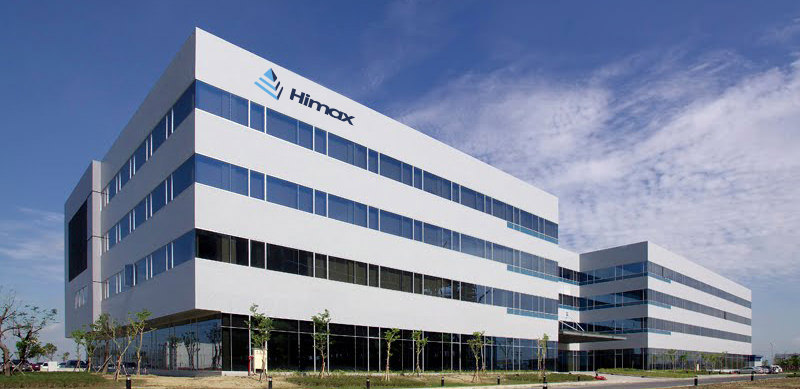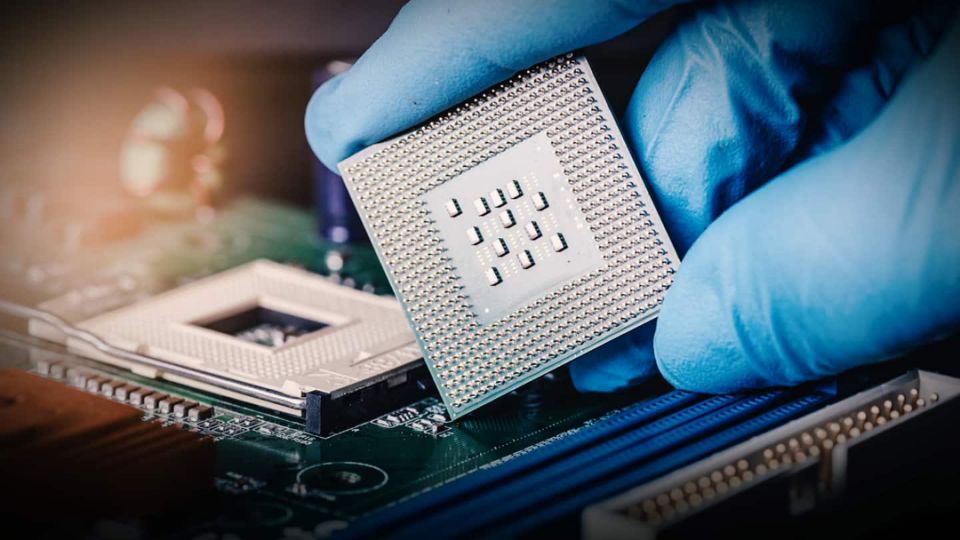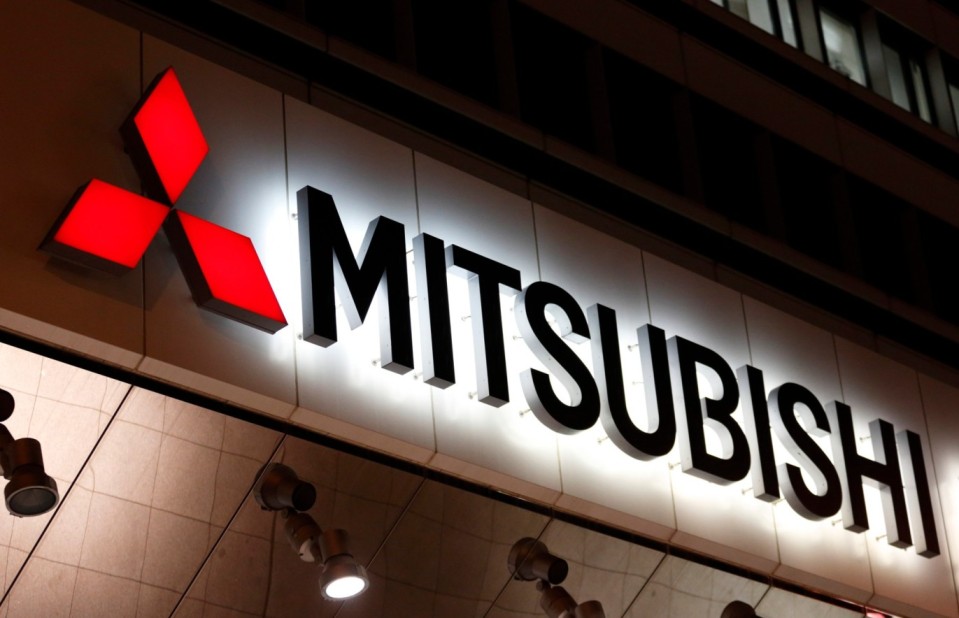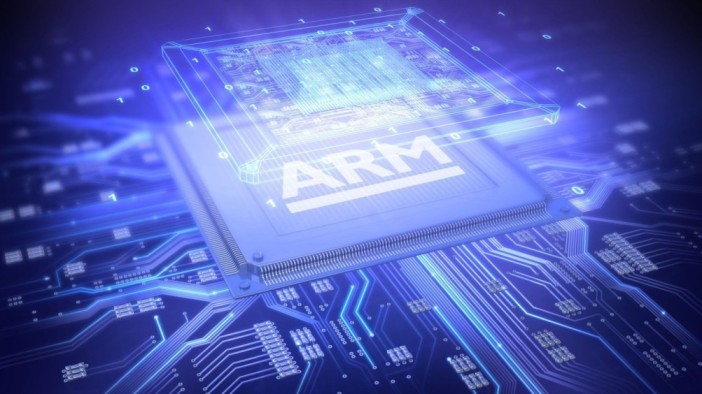Himax Technologies – A company gaining rapid momentum in the semiconductor industry.
The semiconductor industry is worth more than $450 billion in today’s market. With every passing day, the demand for the semiconductor industry reaches new heights as the demand for powerful and fast electronic gadgets increases. The semiconductor industry is the main provider of some key components for computers, smartphones, television, game consoles, cars, etc. So, if the demand increases or the market expands for the electronic companies it will positively affect the semiconductor industry as well.
One such semiconductor company that has been booming in recent years is Himax Technologies. It is one of the leading suppliers and fabless semiconductor manufacturers that supply across the globe. The company is based in the Tainan city of Taiwan. Founded in June 2001 by Biing-Seng Wu and Jordan Wu, the company has grown massively in recent years and has become one of the prime suppliers of display drivers and timing controllers that are used in a broad range of electronic devices.
A Brief Introduction
Himax Technologies is a company in the semiconductor industry that mainly focuses on providing solutions to display image processing technologies. The display driver ICs and the timing controllers that are produced by Himax are shipped worldwide for television, mobile phones, virtual reality (VR), digital cameras, tablets, etc production.

This 20-years old company has around 2000 employees with foreign offices in China, Korea, Japan, and the US. With more than 3000 patents, Himax has established itself as a leading provider of display image processing solutions for worldwide customers (electronic brands). So, let’s have a look at the variety of solutions provided by Himax.
Solutions by Himax Technologies
Apart from display drivers and timing controllers, Himax Technologies also provides controllers for touch-sensor displays. Some of them are on-call Touch and Display Driver Integration (TDDI) single-chip solutions, LED drivers, LCOS microdisplays for augmented reality (AR), etc.
For digital cameras, the company offers CMOS image sensors and wafer level optics which are also used in mobile phones and laptops. The sensors are also used in camera security systems in many companies. Some of the other major solutions offered by Himax are Monitor and Projector Scalars, Infinity Color Technologies, 3D Color Engine, MEMS Microdisplays, and Controllers ICs, etc.
Keeping up with time, Himax Technologies has recently joined hands with Edge Impulse to provide a better user experience by deploying machine learning (ML) models in Himax AI processors and Google Tensorflow Lite Microcontrollers framework. These products will operate at ultra-low power and Edge Impulse is helping Himax to simplify the creation of neural networks.
Sustainability in the Company
When it comes to a sustainable approach in business, Himax Technologies is on top of the semiconductor industry. Following the current trends and crises worldwide, Himax also uses an energy-saving and waste reduction approach in day-to-day operation. The company strongly believes in sustainable growth thus providing economic, social, and environmental benefits to its workforce. Himax emphasizes designing products in such a way that it reduces pollution and the product itself should operate in low energy. It also invests a major amount in R&D to develop more green products thus minimizing the impact on our environment.
The Founders: Biing-Seng Wu and Jordan Wu
Biing-Seng Wu completed his studies at National Cheng Kung University who worked in a few companies before founding Himax Himax Technologies. He served as the executive vice president of Chi Mei Optoelectronics Corp for four years and currently the Chairman of Himax. Jordan Wu, cofounder of Himax Technologies Ltd is currently serving as the CEO of the same.
Recent crisis in Himax
It will be wrong to say that the crisis is only limited to Himax. The origin of a small crisis in Himax has put the business of electronic brands around the world in jeopardy as well. As mentioned earlier, Himax Technologies produces display drivers and timing controllers as two of their major solutions. But in recent days especially from the onset of COVID-19, an understandable miscalculation has led to a shortage of display drivers in the entire semiconductor industry.
The demand is rising rapidly as the display drivers are used in laptops, cars, game consoles, television’s, smartphones, etc and there is no way Himax can meet the demand even after pushing its entire workforce to the fullest. And, due to this shortage, the price of display drivers and hence the electronics are rising sharply. Though the company is making huge profits, Jordan Wu mentioned in a statement that they are not able to meet the demands of the entire customer base and hence remain unsatisfied.

Annasha Dey is an NIT student, who apart from studying engineering is also a content writer. She has a great interest in photography, writing, reading novels, and travelling as well. She is a foodie who loves socializing and hanging out with her friends. She is also a trained Kathak dancer and a big fashion enthusiast. Dey also loves watching TV series, which includes F.R.I.E.N.D.S. and Big Bang Theory. To be a better writer she prefers to read more





